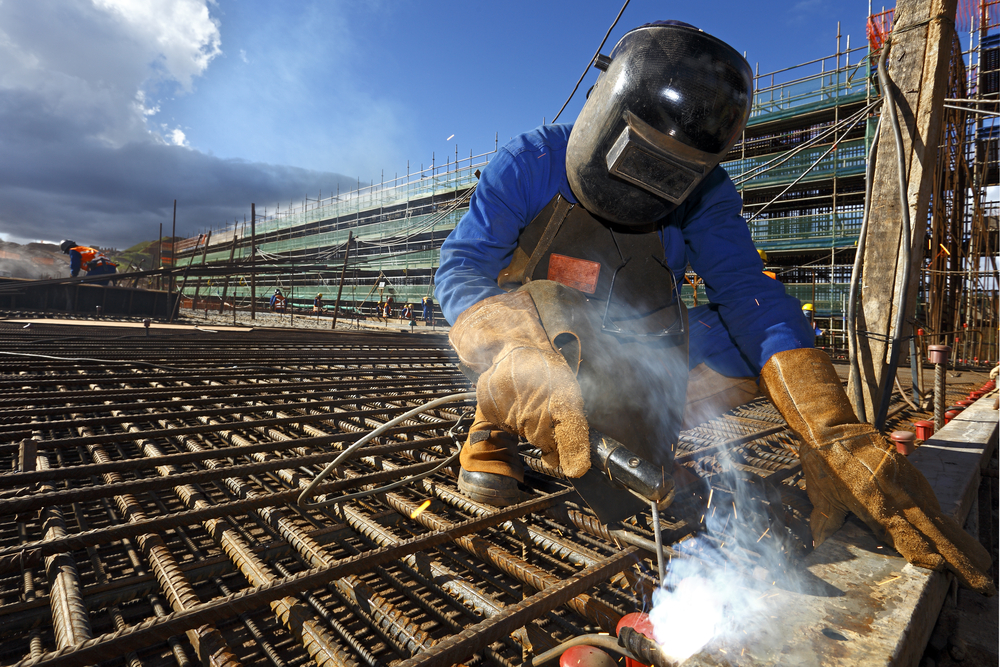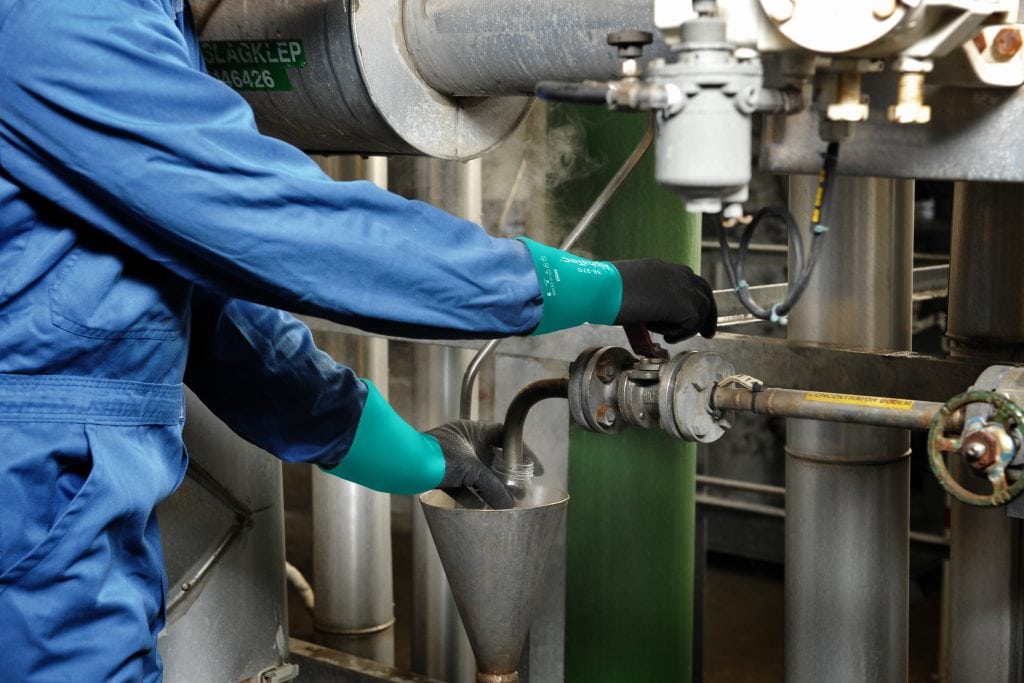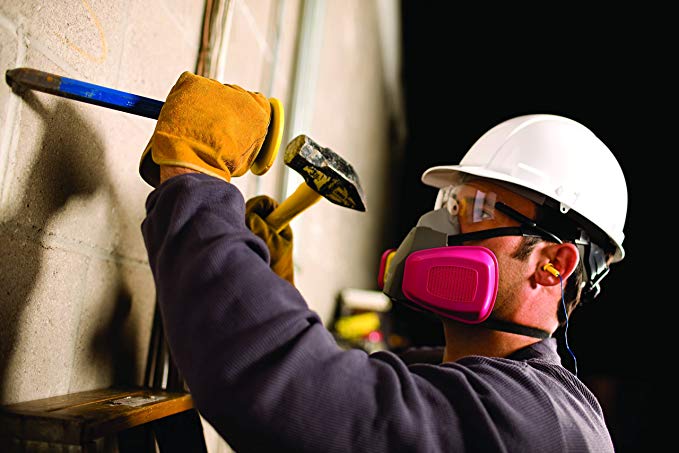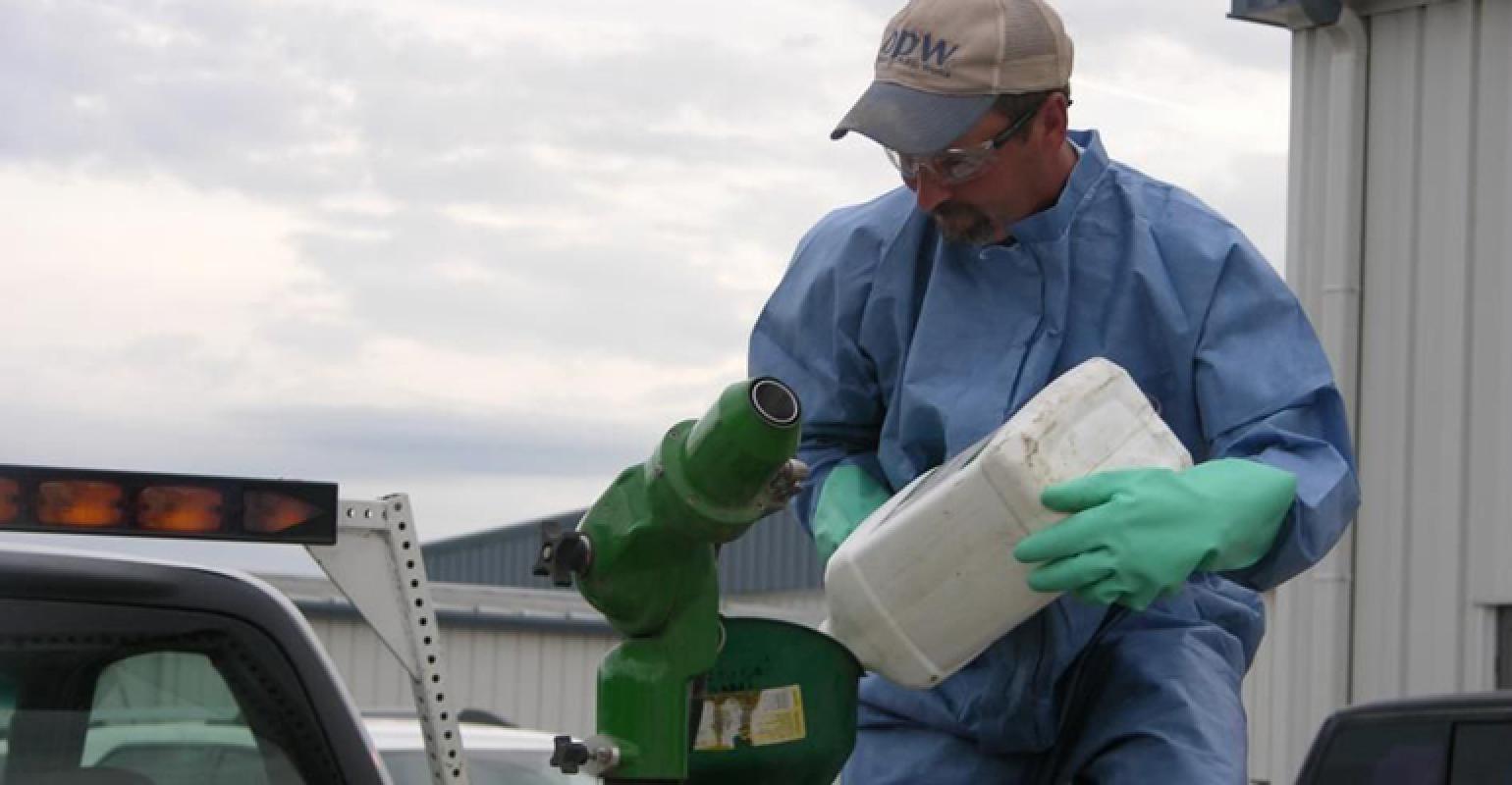What are Safety Gloves?
A safety glove is designed to keep you safe from hazards including cuts, chemical burns, abrasion, crushing or contact with bio-hazards. Safety glove is really just another name for work glove. But choosing the right style of gloves is what really matters.
No matter what kind of work you do, ensuring that you’re equipped with the right tools can help you get the job done both efficiently and safely.

What Do Safety Gloves Protect You From?
Safety gloves can protect you from a myriad of hazards. At Superior Glove, cut-resistant and heat-resistant gloves are what put us on the map.
Since then, we’ve expanded to specializing in anti-impact and anti-vibration gloves.
We’ve also redesigned our classic leather work gloves to create more comfortable, form fitting gloves that use the latest fiber technology.
When choosing the right safety glove for your job, it’s important to remember that some styles of safety gloves are more suitable for particular industries than others.
Wearing the right safety gloves can be instrumental in preventing a variety of different short and long term workplace injuries, including cuts, punctures, burns, or abrasion injuries. For example, we would never recommend that you wear a basic leather split-fitter glove while handling sharp, oily metal. On the other hand, we’d never recommend that you wear a thin, palm-coated glove while moving lumber.
It’s all about finding the right glove for the job, both to protect you and keep your glove from wearing out too quickly.

What are Safety Gloves Used For?
- Chemicals and Biohazards
Whenever there are chemicals being handled there’s the risk of a chemical burn or other injuries.
With biohazards, all that it takes is one touch to start a chain reaction where infections spread like wildfire. Chemical- and biohazard-resistant gloves form a complete barrier around your hands.
These styles of glove block out harmful substances to reduce the likelihood that you’ll experience injury or cross-contaminate your workplace.
Protective materials used to make our best chemical-resistant gloves include:
- Latex
- Nitrile
- PVC
- Neoprene
- Cryogenic-resistant cowhide
- Cuts, Punctures, and Abrasion Hazards
There are hardly any industries where cuts, abrasion hazards, and punctures aren’t a risk.
From oil field workers to cell phone tower riggers, mechanics to doctors, sheet metal and glass handlers, nurses, and employees in numerous other industries require reliable protection against these workplace hazards.
To address this, our selection of work gloves ranges from the thinnest disposable gloves to the most heavy-duty, cut-resistant work gloves — so that no matter what industry you’re in, we have the gloves you need to stay safe.
Looking for reliable cut protection? Depending on what the job entails and the level of cut protection you need, you’ll want to choose gloves made with either Kevlar®, Dyneema®, or gloves made from a combination of these and other cut-resistant materials.

Depending on the severity of the abrasion hazards in your workplace, our leather work gloves are an excellent choice.
Note: Since these types of hazards cover such a large range, if you’re unsure which work gloves are best for you and your workplace conditions, the best thing to do is to contact one of our glove experts directly for helpful advice and recommendations.
- Impact Injuries:
Swinging a hammer on a job site, moving heavy objects, or working in a mechanics garage are just a few situations that put hands at risk of impact injuries.
Any job where your hands might be crushed or hit by tools, equipment, or supplies requires reliable, impact-resistant work gloves.
Instead of allowing the impacts to bear down on one part of your hand or on individual fingers, these gloves soften the blow and prevent injuries by absorbing some of the impact and dispersing the rest of it away from your hands.
- Heat and Arc Hazards:
Welding, glass manufacturing, petrochemical plants, oil fields, and the natural gas industries are only some examples of workplaces where heat and arc hazards pose serious risks.
Work gloves that are specifically made to protect workers’ hands against these hazards create a barrier that blocks the hazard from coming through to the hands in order to keep you safe from burns.
Arc Flash Protection:
Until 10 years ago, your only option for arc flash rated gloves was leather; and while we love leather it left something to be desired in the realm of dexterity.
We started experimenting with string-knit arc flash gloves that used Kevlar® and para-aramid shells with neoprene-coated palms. These styles of glove offer as much protection as leather gloves but with added freedom of movement.

- Severe Weather and Extreme Temperatures:
It doesn’t matter if you work in Antarctica or just work in a cold-storage facility, you need a thermal barrier that’ll hold in your body heat and block out the extreme cold.
Since cold temperatures can cause temporary or permanent damage to the skin and muscle tissue, the colder it is, the more protection you need. Add in damp conditions, and you’ve got additional concerns!
The following materials provide enough insulation and warmth to hold their own in severe condition:
- PVC
- Nitrile
- Cow grain
- Goat grain
- Buffalo hide
Learn more about finding the perfect winter gloves with our post How to Stay Warm Like a Canadian.
